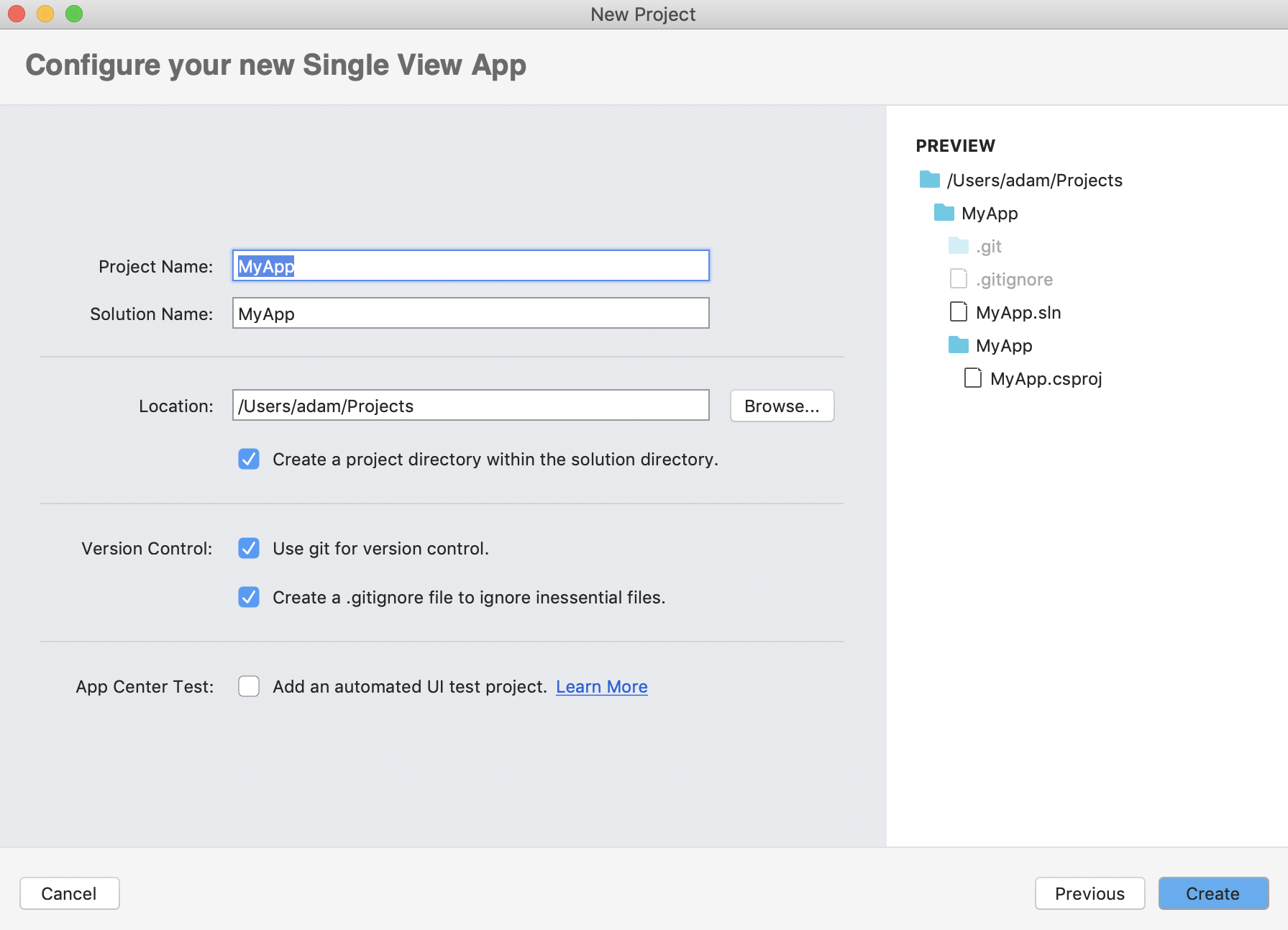GitHub Desktop Focus on what matters instead of fighting with Git. Whether you're new to Git or a seasoned user, GitHub Desktop simplifies your development workflow. Download for macOS Download for Windows (64bit) Download for macOS or Windows (msi) Download for Windows. By downloading, you agree to the Open Source Applications Terms. Once the installation is complete, you’ll be ready to clone the GitHub repository. RELATED: How to Install Software Using Git on Linux. The next thing you’ll want to do is decide where to store the repo on your local machine. We recommend making a memorable folder so that you can easily navigate to it using the Command Prompt later. Read reviews, compare customer ratings, see screenshots, and learn more about GitTrends: GitHub Insights. Download GitTrends: GitHub Insights and enjoy it on your iPhone, iPad, and iPod touch. GitTrends helps you monitor your GitHub Repositories: - Connect to GitHub - Monitor GitHub Repo Views - Monitor GitHub Repo Clones - View Referring.
-->In this document, you'll learn how to install the App Center GitHub app and use this integration in your development workflow.
Installing the App Center GitHub App
The App Center GitHub app is a GitHub Marketplace app and can be installed directly from GitHub.

To install the app, open a pull request in GitHub in a repository with a mobile project. After opening this pull request, a notification appears to set up continuous integration (CI) via a CI GitHub app. This notification only appears if you don't have any CI GitHub apps installed.
Follow the link in the notification to the mobile CI category of apps and choose the App Center app. Pick one of four plans, including a free tier, and install the app. The app can be installed in both your personal GitHub account and GitHub organizations.
Onboarding Repositories using the GitHub App
After installing the GitHub App, sign in to App Center or create a new App Center account. Next, select the repository to set up and follow the wizard to create your app(s). The repositories shown are the ones App Center is authorized to see. Additional repositories can be shared by changing the GitHub app configuration.
Note
If the GitHub app was installed in a GitHub organization, an App Center organization is automatically created and that organization will be the owner of the new apps. Other members must be added to the App Center organization to see or edit the apps in App Center. You can read more about App Center organizations.
Branches must be configured before a build can start. Read more about configuring your branch in the 'Configure a build' articles respectively for Android, iOS, and Windows. If you’re building a pull request, specify the configuration for the target branch of that pull request.
Reporting Build Status to GitHub
Opening a pull request on GitHub will start an App Center build, copying the build configuration of the target branch. App Center will skip the Launch Test and Distribution steps during this build. As the build runs and completes, App Center reports build status back to GitHub in the Checks tab of the pull request view. Navigate back to the build on App Center by clicking the View more details on App Center link. Pull requests from a forked repository won't build until merged or show under the Checks tab.
Note
When opening a pull request on an unconfigured branch, the Checks tab will show that there is Action Required. Click the Resolve link to configure the branch.
Connecting a New Repository

Add a new app by adding repository access to your GitHub app installation. Configure your GitHub app installation and select the new repository to grant access to and connect. After clicking Save, you'll be redirected to App Center to configure your new app.
Note
The best way to take advantage of this is to choose access for Only select repositories and add each repository as you want to configure it. You may also need to add private submodules if your build depends on them.
Additionally after you install the GitHub app, App Center sends a welcome email. Connect a new repository via the GitHub app by clicking the Connect your repository button in the email and repeat the process to create a new connection.
Connecting Existing Apps
Existing App Center apps aren't able to report build status to GitHub, unless they were onboarded with the steps above. Create a new app via the email link to take advantage of this feature.
Docker is available for Linux, MacOS, and Windows.
MacOS
Docker for Mac is best installed with Homebrew and Homebrew Cask. For other ways to install on MacOS, see Install Docker for Mac in Docker's docs.
Arch Linux
Docker is available in Arch Linux's repositories. Also see Docker in ArchWiki.
Ubuntu
docker.io is available from the Ubuntu repositories (as of Xenial).
docker.io package isn't available for you, see Get Docker CE for Ubuntu for an alternative.
Windows
Install Windows Subsystem for Linux and choose Ubuntu as your guest OS. Install Docker as you normally would on Ubuntu (see above). After that, see these instructions for info on how to get it running.
Other OS's
For other operating systems, see: https://www.docker.com/community-edition#download
Verifying if it works
If everything works, you should have the following commands available:
Ipad Github App
Starting Docker
If you get an error like the one below, you might need to start the Docker daemon.
To start the Docker daemon, it probably needs one of these commands
Enabling on startup
Install Github Mac
For Arch Linux, Ubuntu and CentOS, this will enable auto-starting of the Docker service: